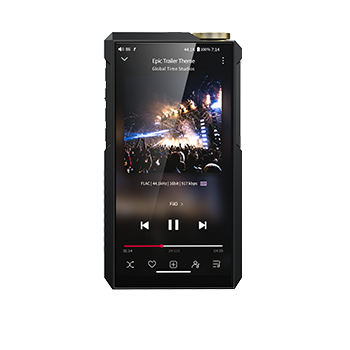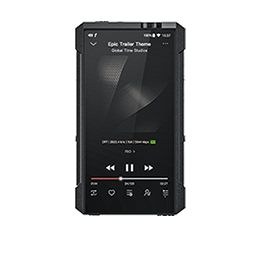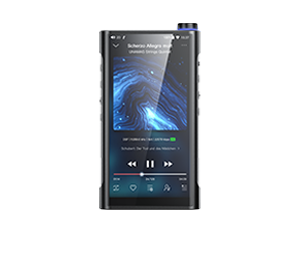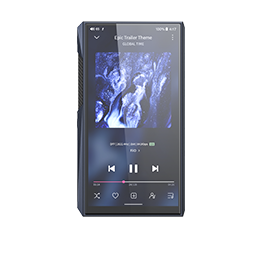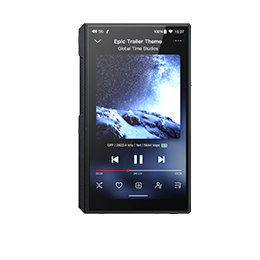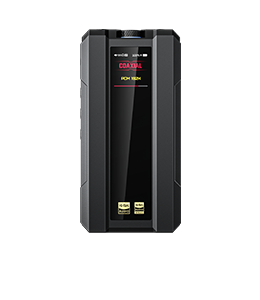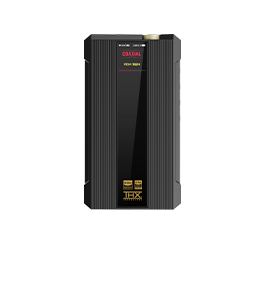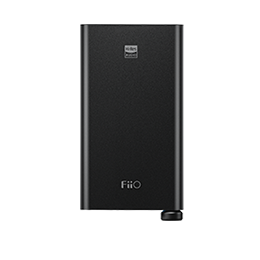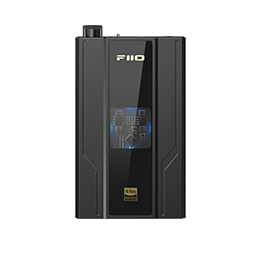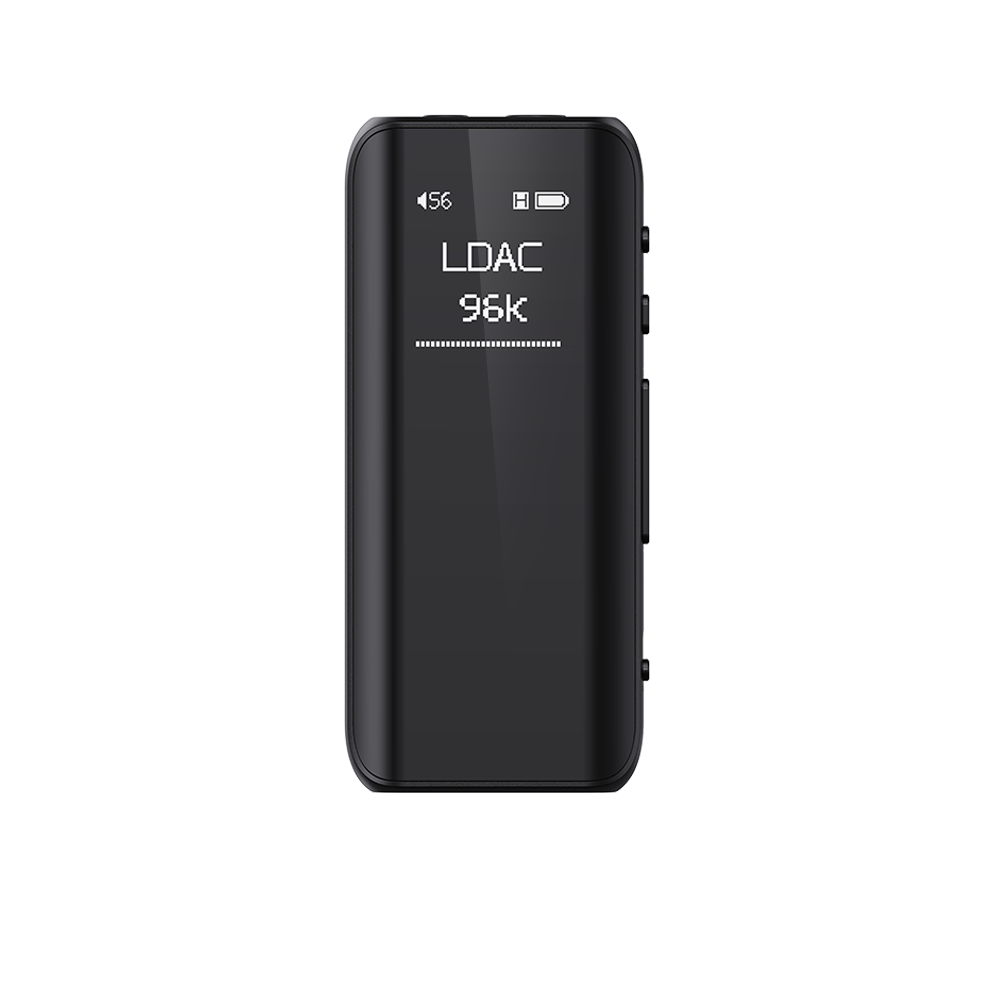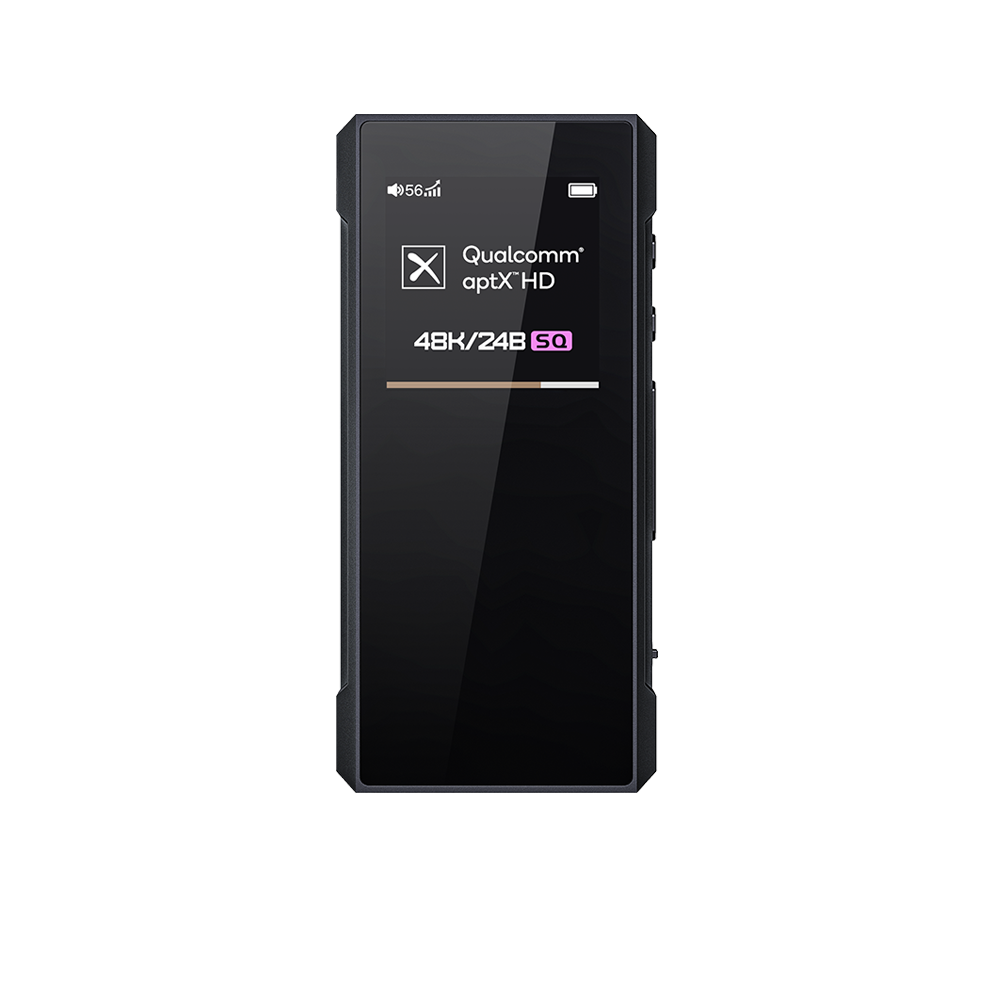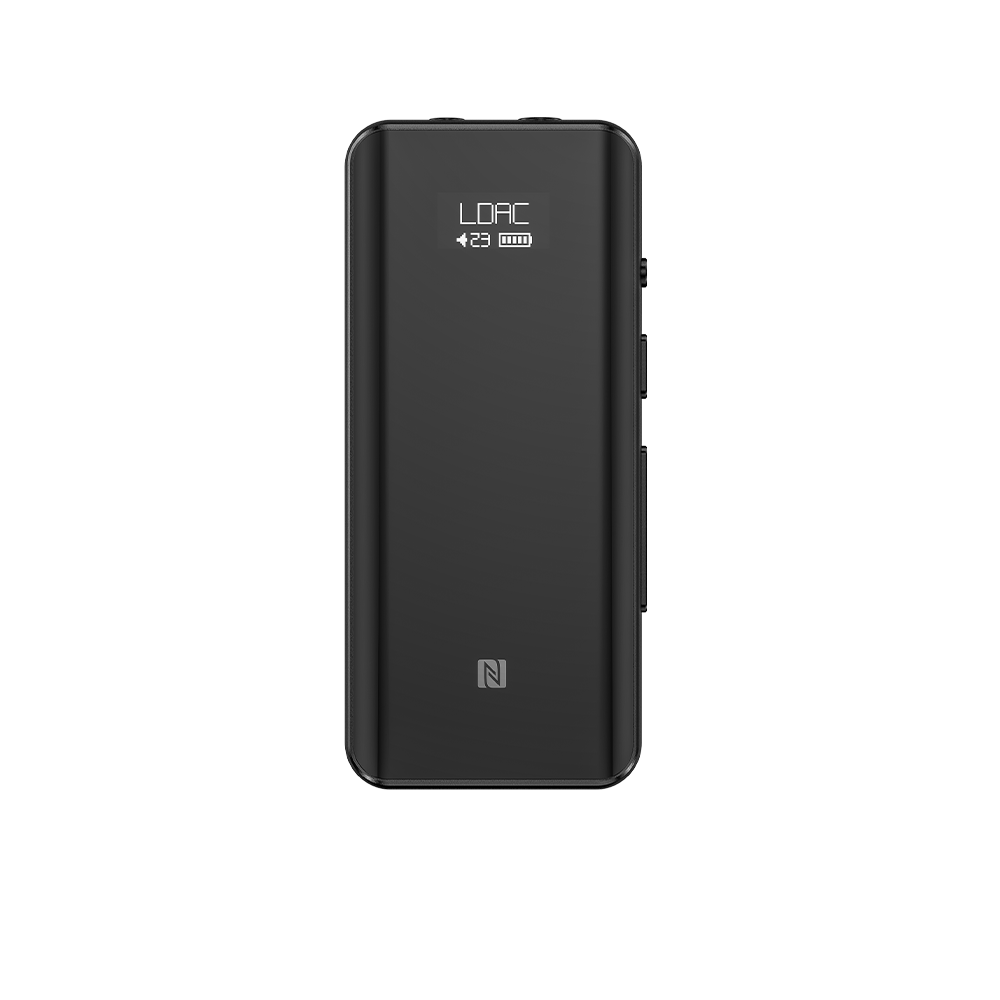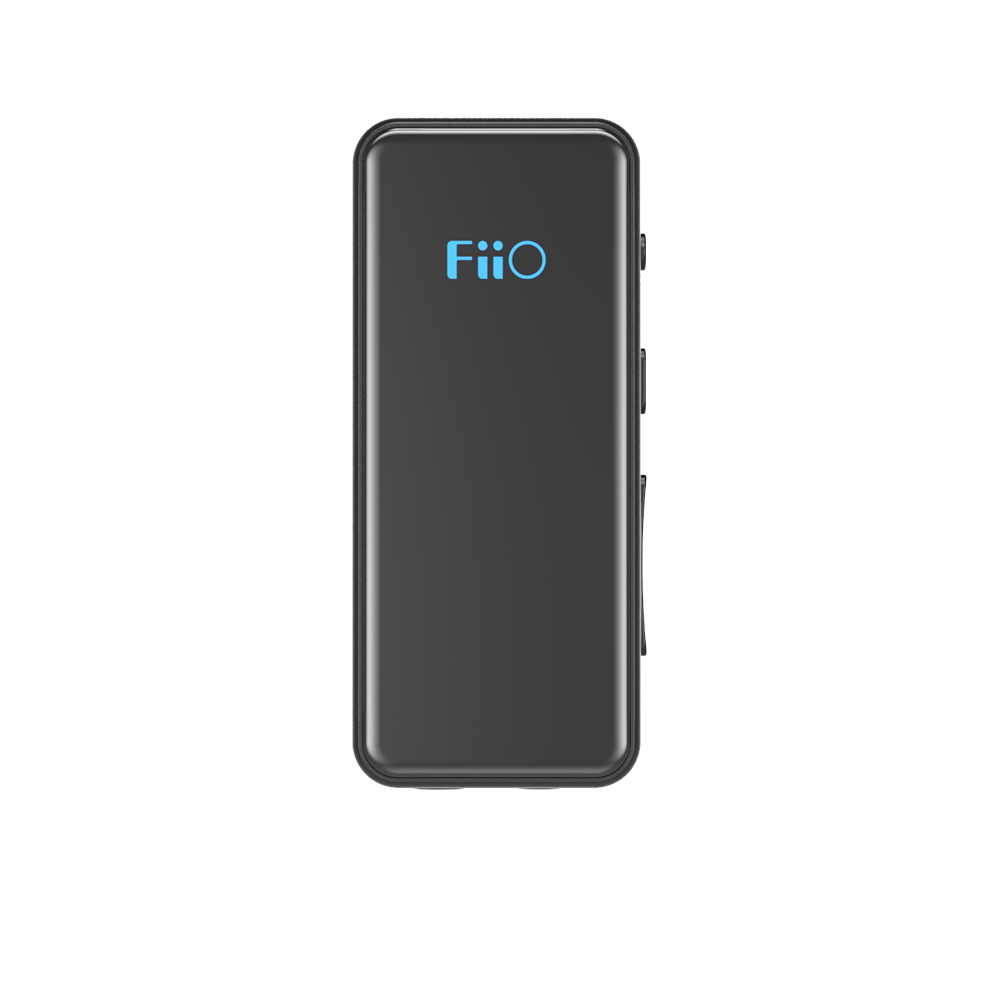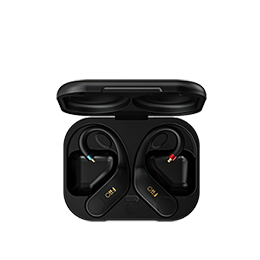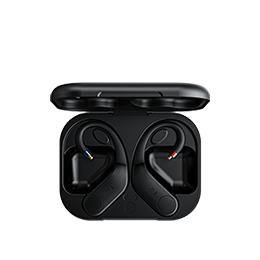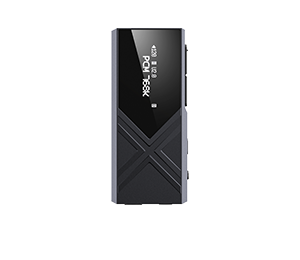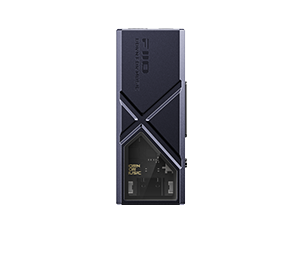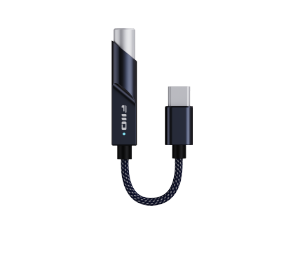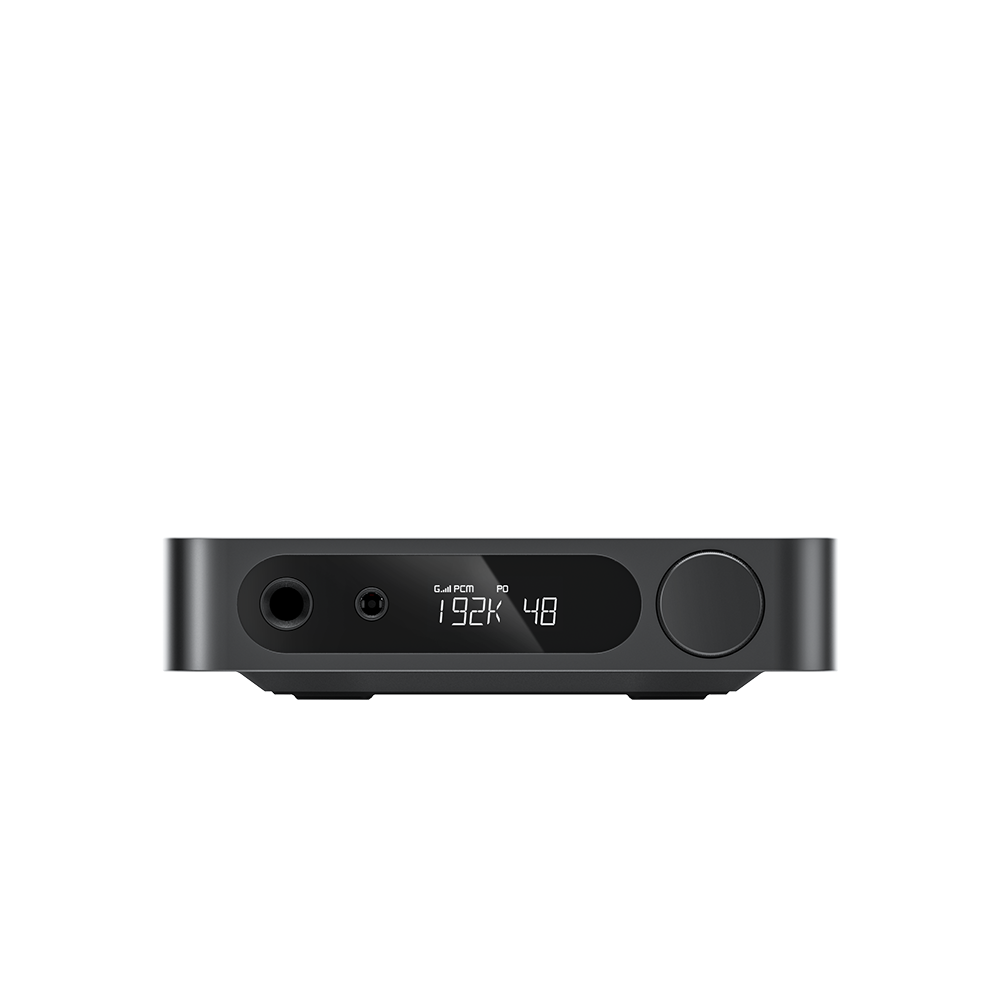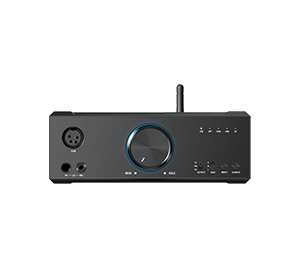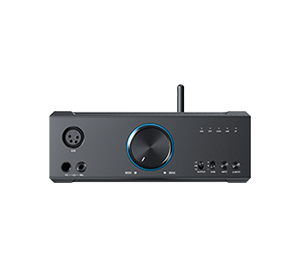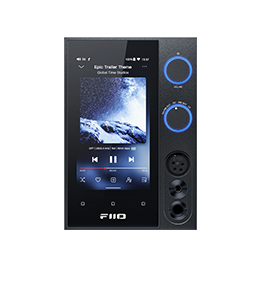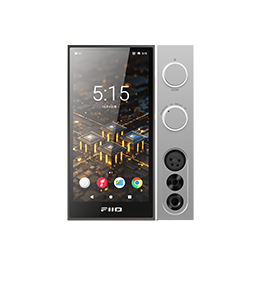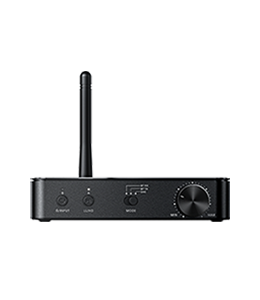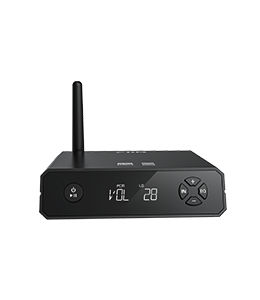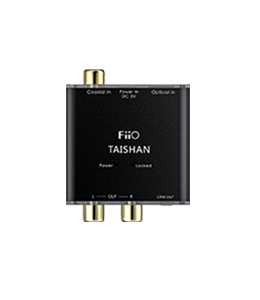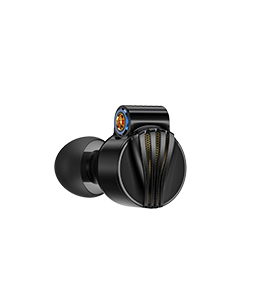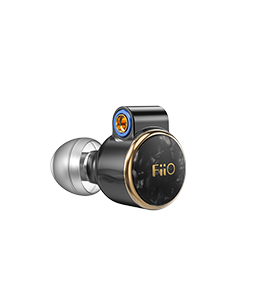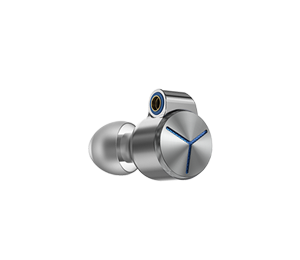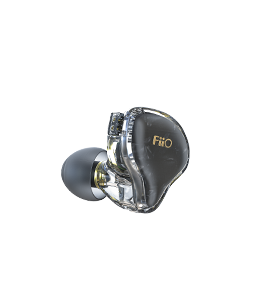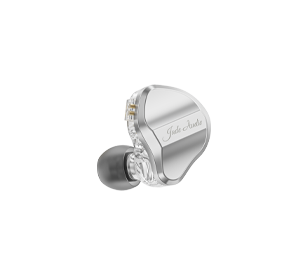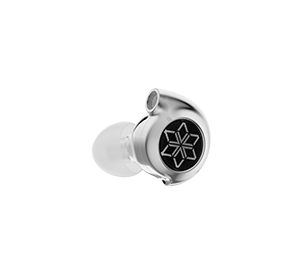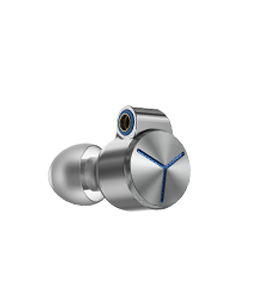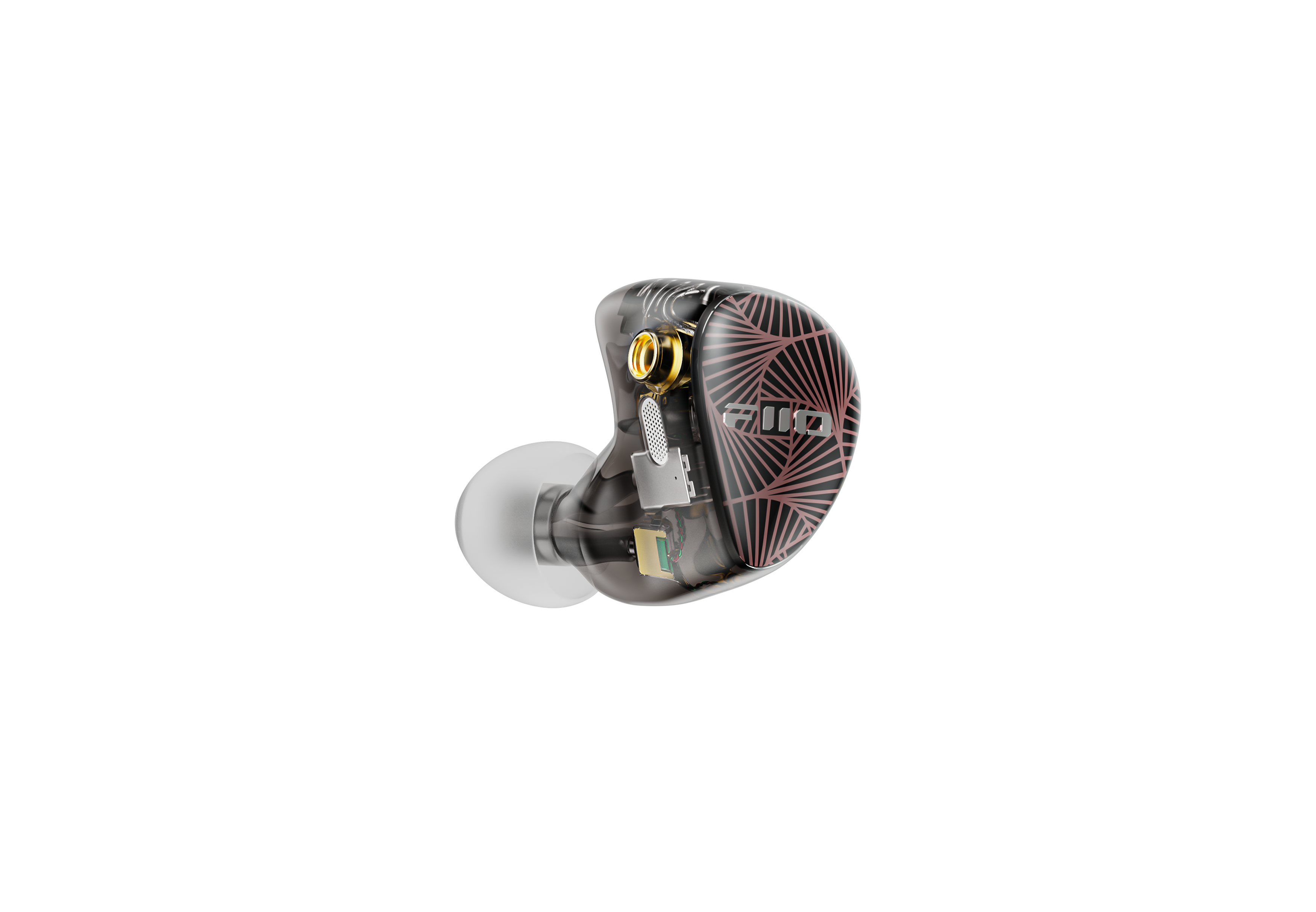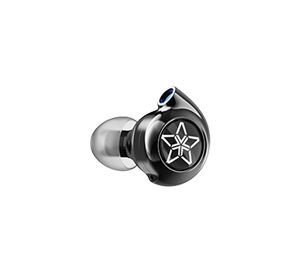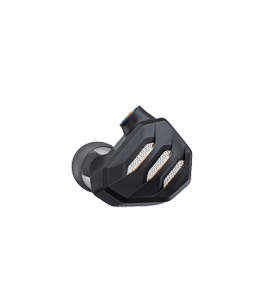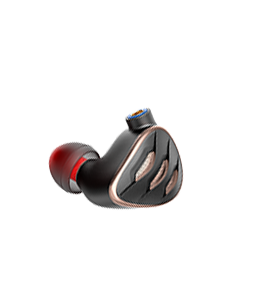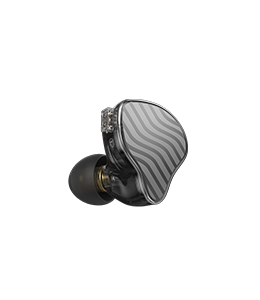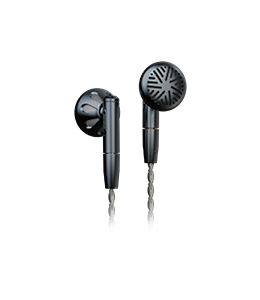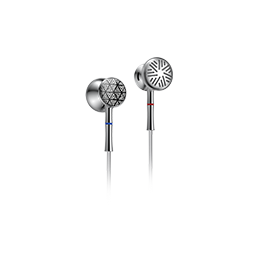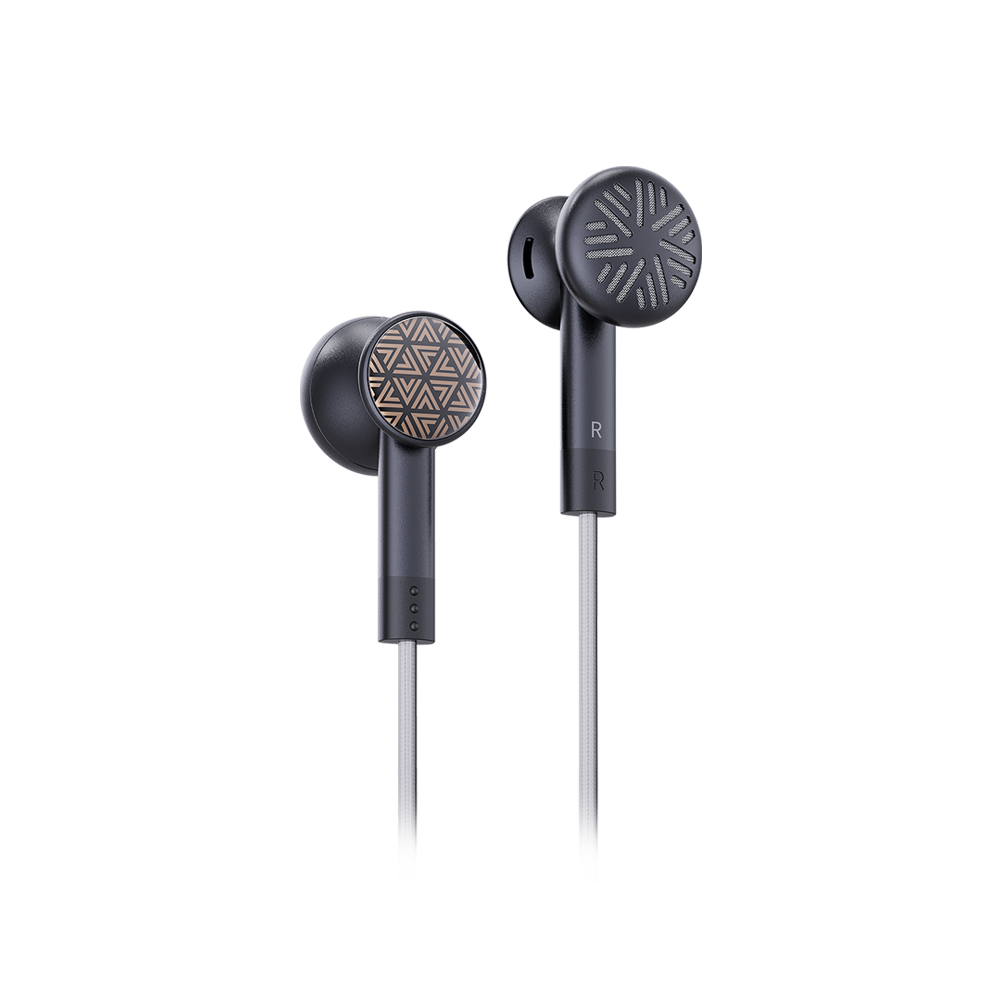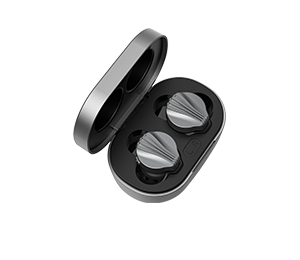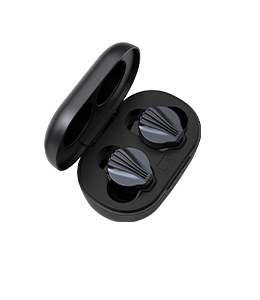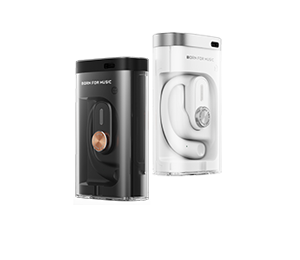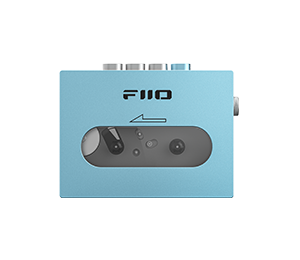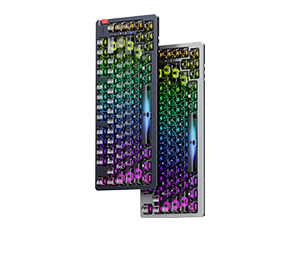4. Buttons, display screen, and menu settings
Priority of 3.5mm vs 4.4mm headphone outputs
When both are connected, 3.5mm takes priority.
(1) Button function explanations
Three button mode instructions
Desktop Mode switch Toggle switch ON: activates high-voltage power supply and parallel drives when powered by main USB with sufficient power or side port adapter, delivering desktop-grade output power.
(2) Display screen explanations
1) Current volume level: Displays the current volume level.
2) Format/Sampling rate display area: Displays the format and sampling rate of the current playback.
3) Current UAC mode: Displays “UAC2.0” or “UAC1.0” depending on the UAC mode.
4) Coaxial output: Displayed on the screen if coaxial output is enabled.
5) Current gain mode: Displays High/Low gain status.
6) Voltage display: Displays the current voltage value.
7) Current display: Displays the current current value.
8) Desktop mode: Displays the Desktop mode status.
9) EQ mode: Displays the EQ status.
(3) Menu settings explanations
How to enter the menu
Non-menu page: Short press the Play button once to turn the screen on/off; double short press the Play button to mute/unmute; long press the Play button for about 2 seconds to bring up the settings menu.
Menu page: Short press the Volume +/– buttons to select menu options; short press the Play button to switch settings; long press the Play button for about 2 seconds to exit the settings menu.
1) Gain: High/Low gain setting. High-impedance headphones are recommended to use with High gain, while low-impedance headphones are recommended to use with Low gain.
2) Filter: Digital filter settings, with 7 filters available.
3) Volume level: Total volume level setting, 60 and 120 levels available.
4) Coaxial output: After enabling coaxial output, use a separate 3.5mm to RCA cable to output SPDIF signals. Please disable this output when listening to music through analog headphones.
5) Channel balance: Left/Right channel balance setting, ±12 levels adjustable.
6) Brightness: Display screen brightness setting, 1-5 levels adjustable.
7) PEQ mode: Equalizer setting, 8 styles available, including Jazz, Pop, Rock, Dance, R/B, Classic, Hip-Hop, and Retro. In addition, it supports 10 user-defined EQs, which need to be performed in the FiiO Control app or on a computer.
Bypass: Switching from Bypass to other EQ effects will not interrupt playback; music continues without pausing.
OFF: EQ off. When switching from the OFF state to another EQ mode, playback will pause and you will need to press play again.
8) Volume limit: Maximum volume limit, 0-120 available.
9) Screen rotation: Display screen rotation setting, including 180-degree rotation.
10) Theme: Four themes available.
11) Screen timeout: Time setting for the screen from on to off.
12) UAC mode: Select between USB 2.0 and 1.0 modes.
13) HID button: Button mode selection, select between Mode A, B and C. For more details, please refer to the user manual.
14) USB-OTA: Enable to enter firmware upgrade state. For more details, please refer to Question 9 in the FAQ.
15) Charging settings:
When enabled, the external ESTICK battery can be charged by connecting a USB charging cable to the bottom port of the QX13.
16) Language/中文: Language switch, select between Chinese and English.
17) Factory reset: Restore default settings, but will not be downgraded.
18) Version number: Display firmware version number.



